DISTECH2
Modular photoelectrolyzer
Location
SpainTechnology
Modular photoelectrolyzerサイト
No dataFunding


DISTECH2: Disruptive Technologies for H2 Generation and Use
The DISTECH2 project develops an innovative approach to green hydrogen production through the design of a new generation of modular quasi-solid-state photoelectrolyzers, operating in continuous flow and under solar concentration. This system enables the direct production of hydrogen from water and solar energy, without the need for external electrical power.
The DISTECH2 technology combines advanced components such as semiconductor electrodes and polymer electrolyte membranes (PEM) to maximize solar light capture and conversion efficiency. Additionally, it incorporates compact "zero-gap" (0G-PEC) reactors with innovative design features, including direct dry hydrogen production and strategies for heat and light management.
A distinctive feature of the project is the integration of the generated hydrogen into advanced technologies, such as solid oxide fuel cells (SOFC), which enable the conversion of hydrogen into electricity with high efficiency and usable heat.DISTECH2 addresses the entire chain of technological development, from basic research to validation in a real-world environment.
The project begins with the definition of technological and functional requirements for photoelectrochemical reactors, followed by the research and development of advanced photoactive materials and catalysts, employing innovative techniques to optimize their efficiency and stability.
The DISTECH2 consortium is led by COBRA and includes key partners such as Naturgy Innovahub S.L. (NATURGY), APRIA Systems S.A., and ISFOC S.L.U. This multidisciplinary consortium combines expertise in research, technological development, and industrial applications to drive progress in disruptive hydrogen technologies.
Partners: COBRA, Naturgy Innovahub S.L. (NATURGY), APRIA Systems S.A., and ISFOC S.L.U.
Recovery Plan for Europe – NextGenerationEU. The project is part of the PERTE (Strategic Projects for Economic Recovery and Transformation) initiative for renewable energies, renewable hydrogen, and energy storage (ERHA), funded through the Next Generation EU recovery funds.




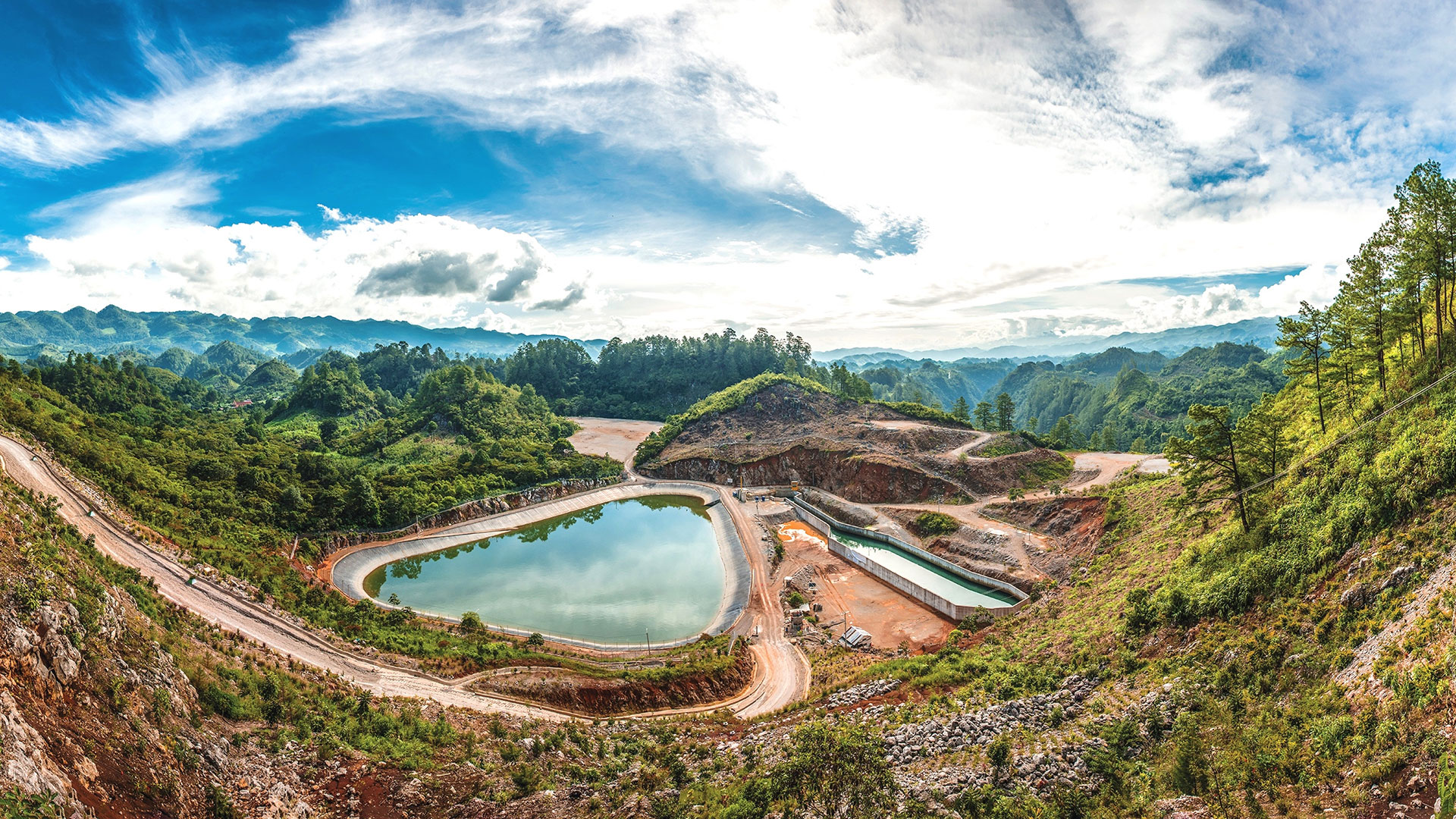
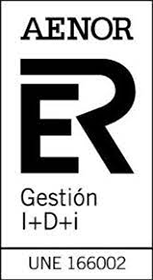
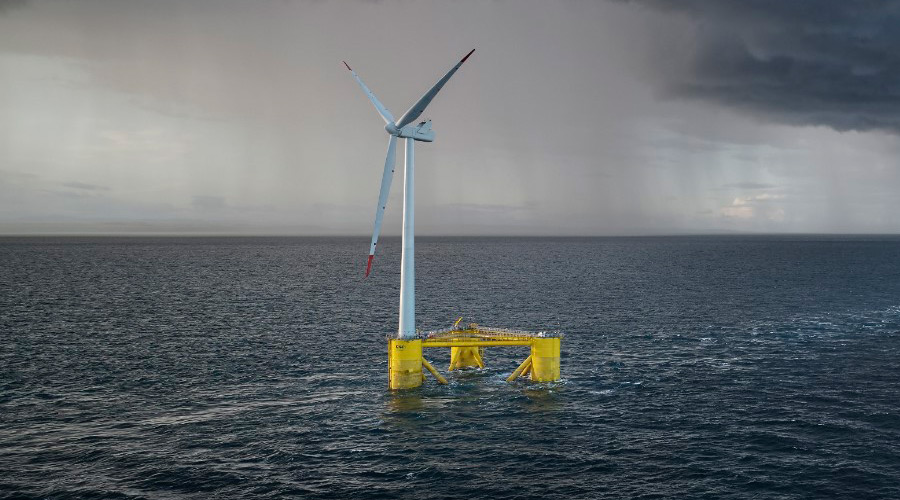







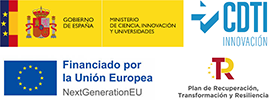





 Decentralisation of electricity generation also requires decentralised and economic solutions to integrate more renewable energy sources, increase security of supply and decarbonise the future European energy system.
The MERLON project proposes the development of energy communities by combining and integrating decentralised storage with renewable technologies such as photovoltaic solar energy for the optimisation of the energy system, including demand response, optimisation of electric vehicle charging and synergies with other energy carriers at local level, offering flexibility to ensure optimal grid management.
COBRA leads the design engineering of battery electric storage solutions, develops the control software and performs its grid-connected operation. During the project these batteries will be installed together with photovoltaic solar energy installations in Spain and Austria in order to provide flexible electricity generation and distribution.
Decentralisation of electricity generation also requires decentralised and economic solutions to integrate more renewable energy sources, increase security of supply and decarbonise the future European energy system.
The MERLON project proposes the development of energy communities by combining and integrating decentralised storage with renewable technologies such as photovoltaic solar energy for the optimisation of the energy system, including demand response, optimisation of electric vehicle charging and synergies with other energy carriers at local level, offering flexibility to ensure optimal grid management.
COBRA leads the design engineering of battery electric storage solutions, develops the control software and performs its grid-connected operation. During the project these batteries will be installed together with photovoltaic solar energy installations in Spain and Austria in order to provide flexible electricity generation and distribution.

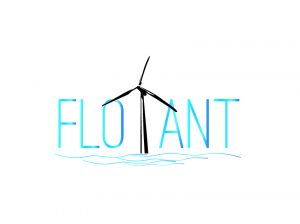

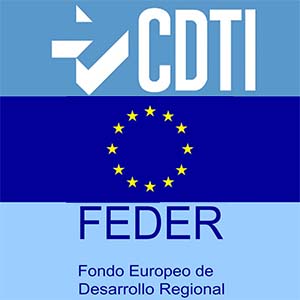

 Advanced Modular Compensator System for the control of high-voltage transmission networks with ultra-capacitors.
Advanced Modular Compensator System for the control of high-voltage transmission networks with ultra-capacitors. TELWIND is a 3-year project supported by the EC H2020 program beginning in 2016. It consists of the development of a ground-breaking buoyant platform for offshore wind, which allows to make a qualitative leap in the lowering of the construction and installation costs, thanks to its innovative system of telescopic tower and multi-body geometry of the buoyant substructure, where one of the bodies submerges ballasting the structure, improving the dynamic response and the stability of the whole.
The main role of CORBA is to analyze the competitiveness and commercial viability of the solution. COBRA is also responsible for the business model and the environmental, social economic analysis.
TELWIND is a 3-year project supported by the EC H2020 program beginning in 2016. It consists of the development of a ground-breaking buoyant platform for offshore wind, which allows to make a qualitative leap in the lowering of the construction and installation costs, thanks to its innovative system of telescopic tower and multi-body geometry of the buoyant substructure, where one of the bodies submerges ballasting the structure, improving the dynamic response and the stability of the whole.
The main role of CORBA is to analyze the competitiveness and commercial viability of the solution. COBRA is also responsible for the business model and the environmental, social economic analysis.


 The principal objective of the MSLOOP 2.0 project is to make a step forward in the development of thermal solar energy technology (CCP) using ternary salts as heat transfer fluids. This new development will allow the optimization of the prototype, previously developed by COBRA, leading to the commercialization stage.
The principal objective of the MSLOOP 2.0 project is to make a step forward in the development of thermal solar energy technology (CCP) using ternary salts as heat transfer fluids. This new development will allow the optimization of the prototype, previously developed by COBRA, leading to the commercialization stage.

 “The project was co-financed by the CDTI in Spain”.
“The project was co-financed by the CDTI in Spain”.

 The expected result from this project is the development of an advanced on-line measurement system for solar flux in concentrating thermal-solar power plants that use central receiver or tower technology.
The expected result from this project is the development of an advanced on-line measurement system for solar flux in concentrating thermal-solar power plants that use central receiver or tower technology. This project has been co-financed by the Centro para el Desarrollo Tecnológico Industrial (CDTI) in the 2016 FEDER-INNTERCONECTA program.
The total budget of the project is 2,629,447€.
This project has been co-financed by the Centro para el Desarrollo Tecnológico Industrial (CDTI) in the 2016 FEDER-INNTERCONECTA program.
The total budget of the project is 2,629,447€.
